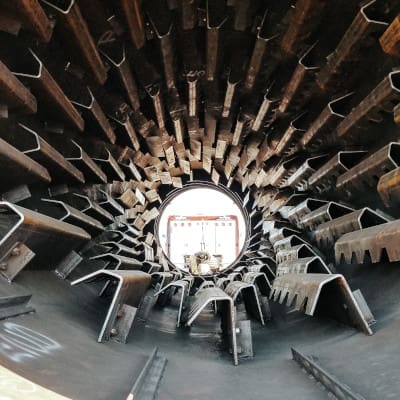The industrial fabrication industry is being stretched to the limit by the need for precision, efficiency and sustainability. Here are some of the key developments to be aware of:
Automation and Robotics
Robotic welding laser cutting, laser cutting and automated assembly systems have revolutionized manufacturing processes. These techniques offer unbeatable precision, speed and repeatability that reduce human error and increase efficiency. Robots can handle complicated welding in a consistent manner and laser cutting provides clear, precise cuts on various materials. This helps reduce waste material and increase efficiency.
Advanced Material
High-strength alloys, light steels, and composite materials are becoming more well-known to increase durability and performance. They have higher strength-to-weight ratios, as well as enhanced resistance to corrosion and longer longevity. This leads to less weight, more robust and robust structures.
3D printing/Additive Manufacturing
This groundbreaking technology lets you create intricate geometry and custom-designed components that were previously unattainable using conventional methods. The process of 3D printing permits rapid prototyping, production on demand and shorter time to market.
Digitalization and Data Analytics
The integration of digital tools like Building Information Modeling and Computer-Aided Design simplifies the process of fabrication. These tools improve collaboration between fabricators and engineers as well as construction personnel, which decreases mistakes and enhances coordination of projects. Data analytics can offer useful insights into the efficiency of production as well as materials use and quality control. This enables the use of data to make decisions and improve continuously.
Importance of Safety and Quality
Strict industry standards like ASME and AWS specifications, ABS, AISC and WPS specifications require a strict quality control system during the entire fabrication. Ultrasonic testing as well as X-ray inspections and other advanced inspection methods ensure that the components fabricated are in compliance with the safety standards and tolerances. Training and safety of workers is also crucial.
Integration and Coordination
Fabrication projects need to be seamless in their coordination between the installation, engineering and fabrication phases. To avoid costly errors and production delays. Effective communication, accurate scheduling and tracking in real-time are vital.
Industrial fabrication is embracing innovations to meet the contemporary demands for infrastructure projects. Fabricators can increase efficiency, productivity, and quality by utilizing modern materials as well as digital tools and techniques. As the field evolves, the focus shifts on sustainability, automation and digitization. This will create a future where industrial fabrication will play an increasingly significant role in the building of our world. It is crucial for those working in the infrastructure or construction industry to be aware of the latest developments.
Hawk EPC at (903) 632-4464 or info@hawkepc.com. We can assist you in developing the perfect infrastructure solution for your business.


0 Comments